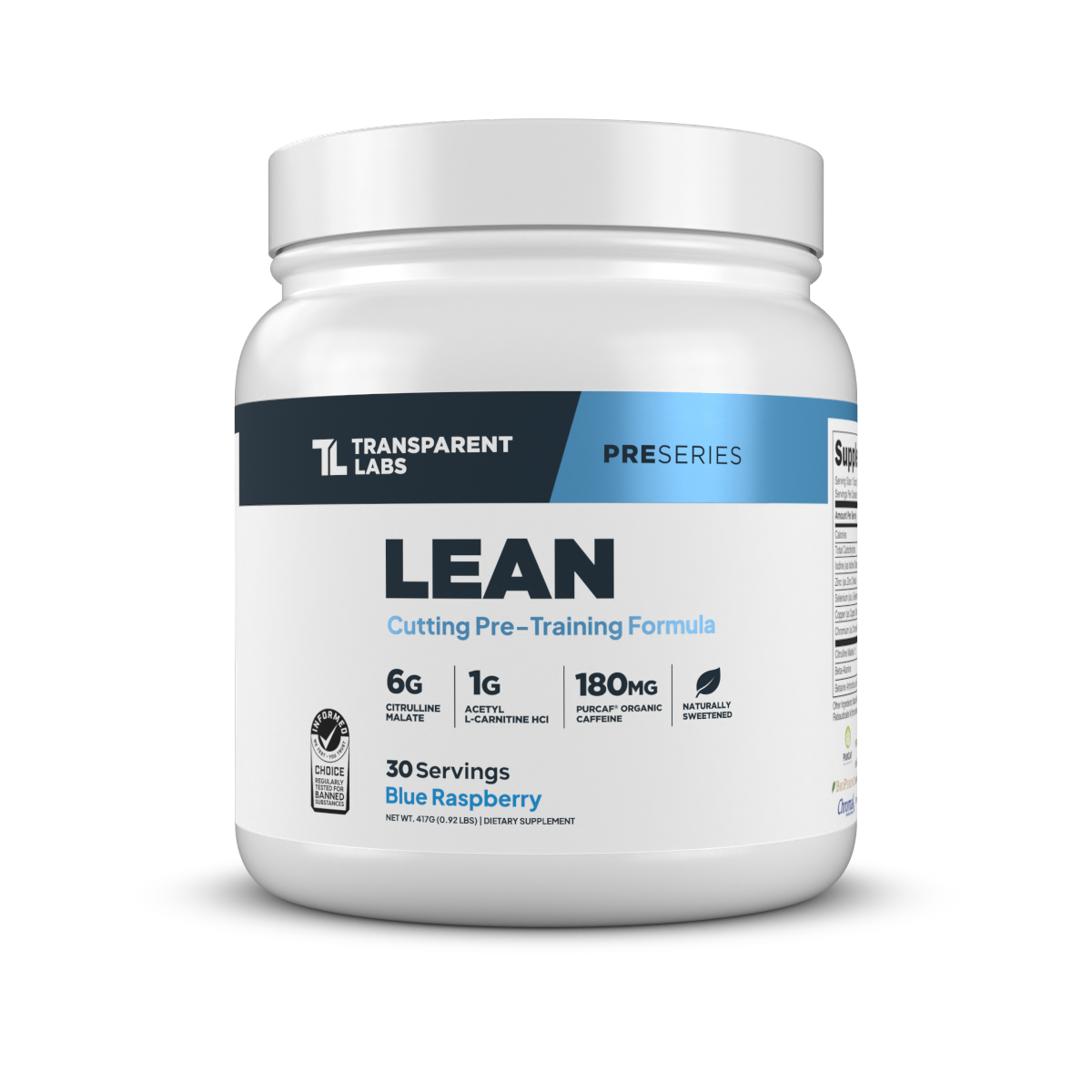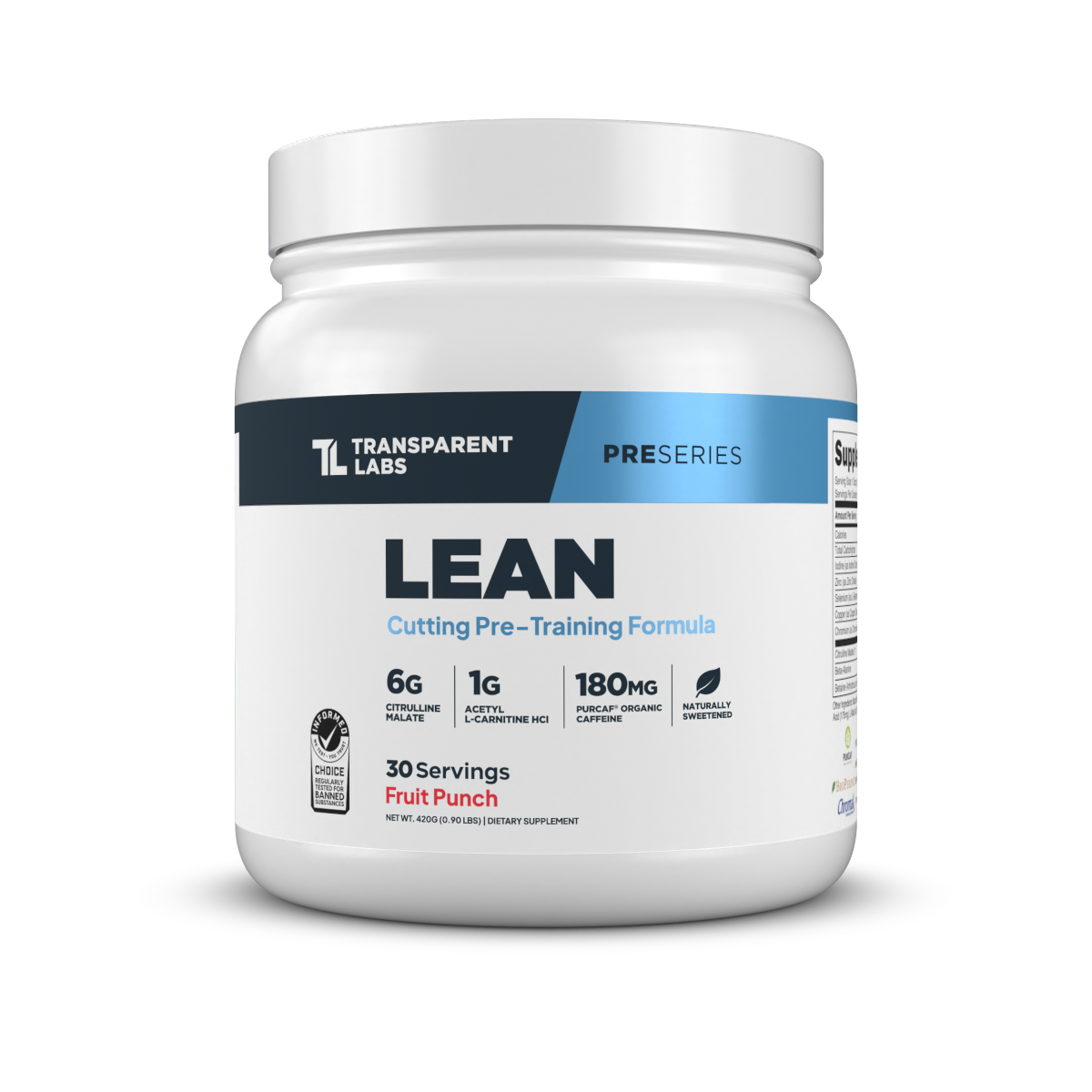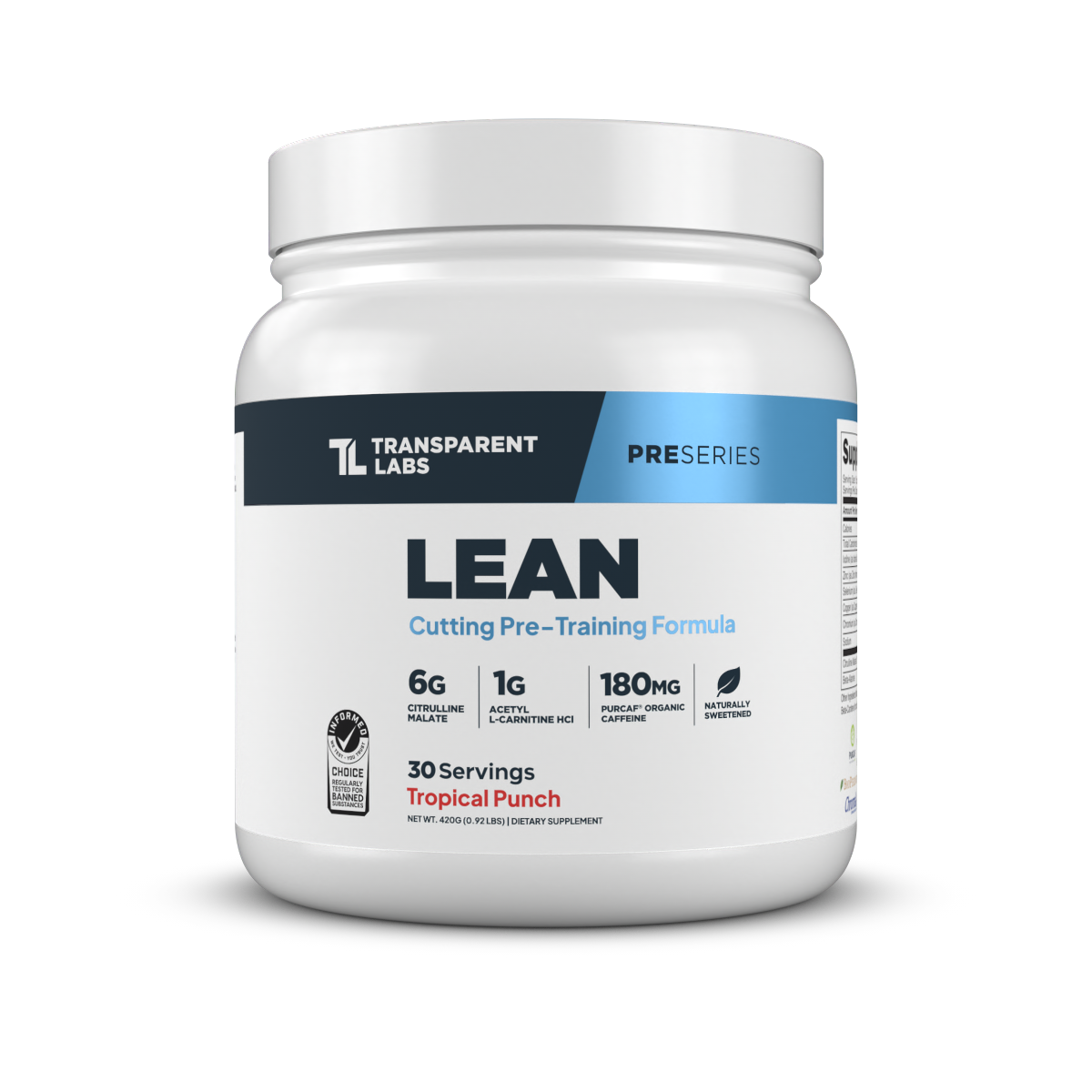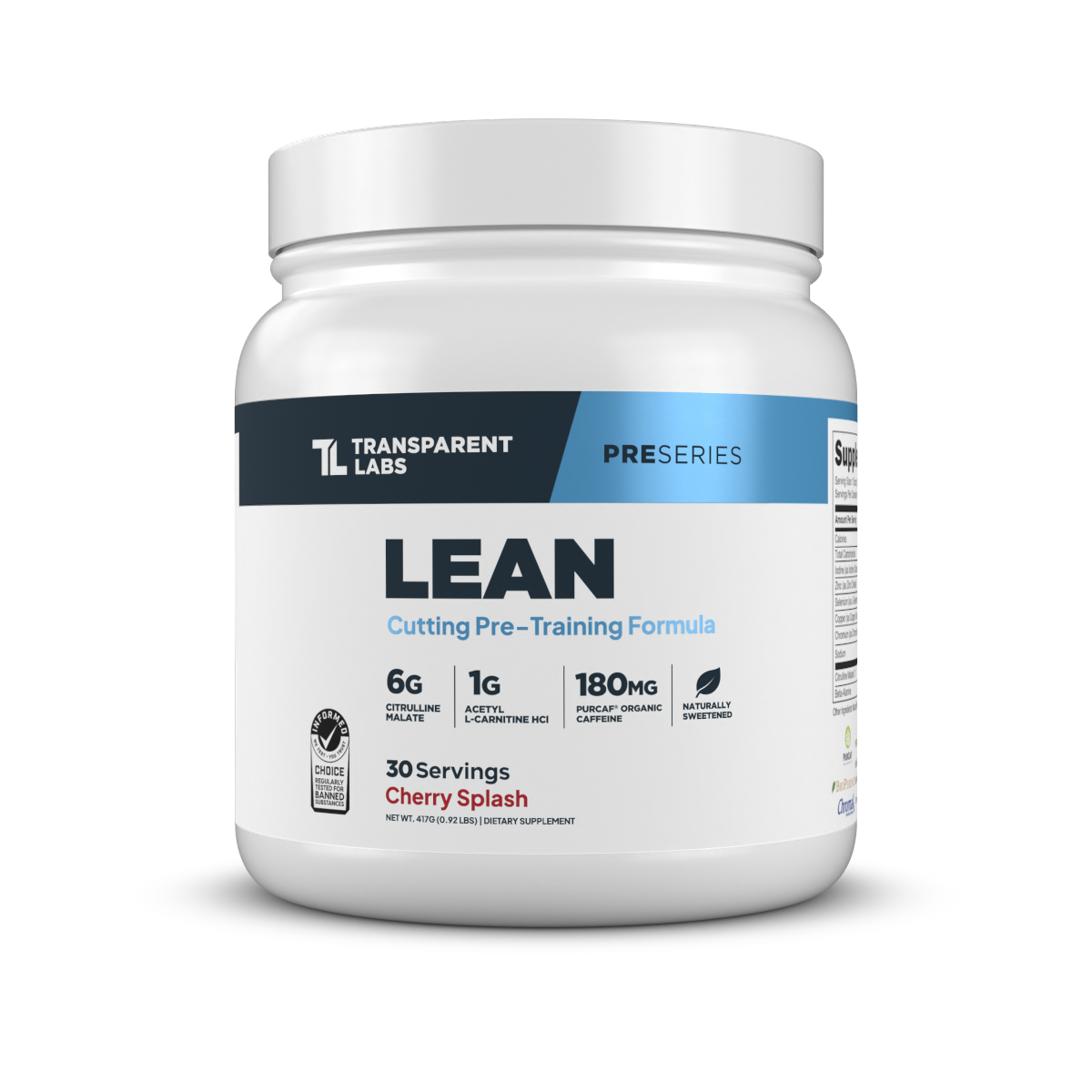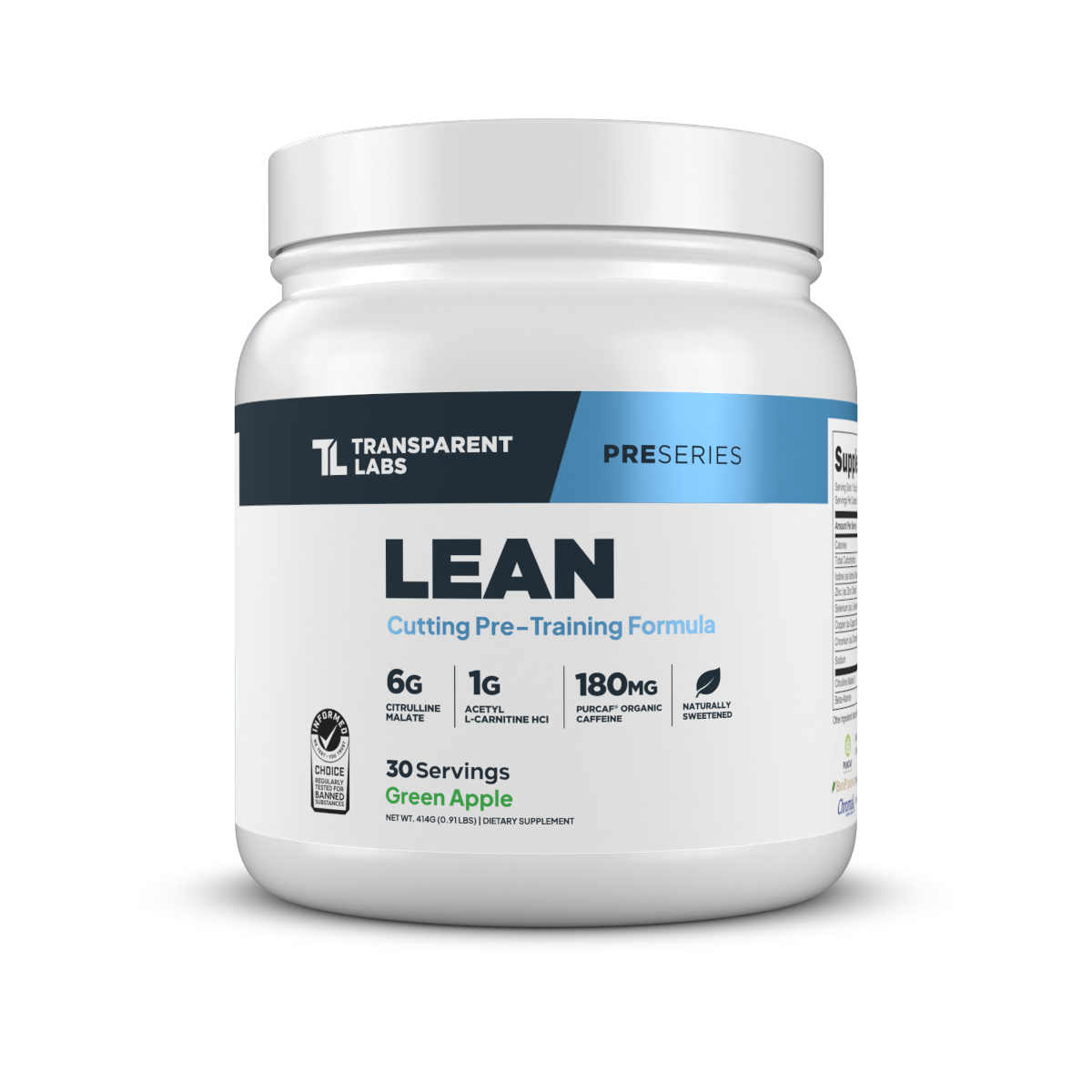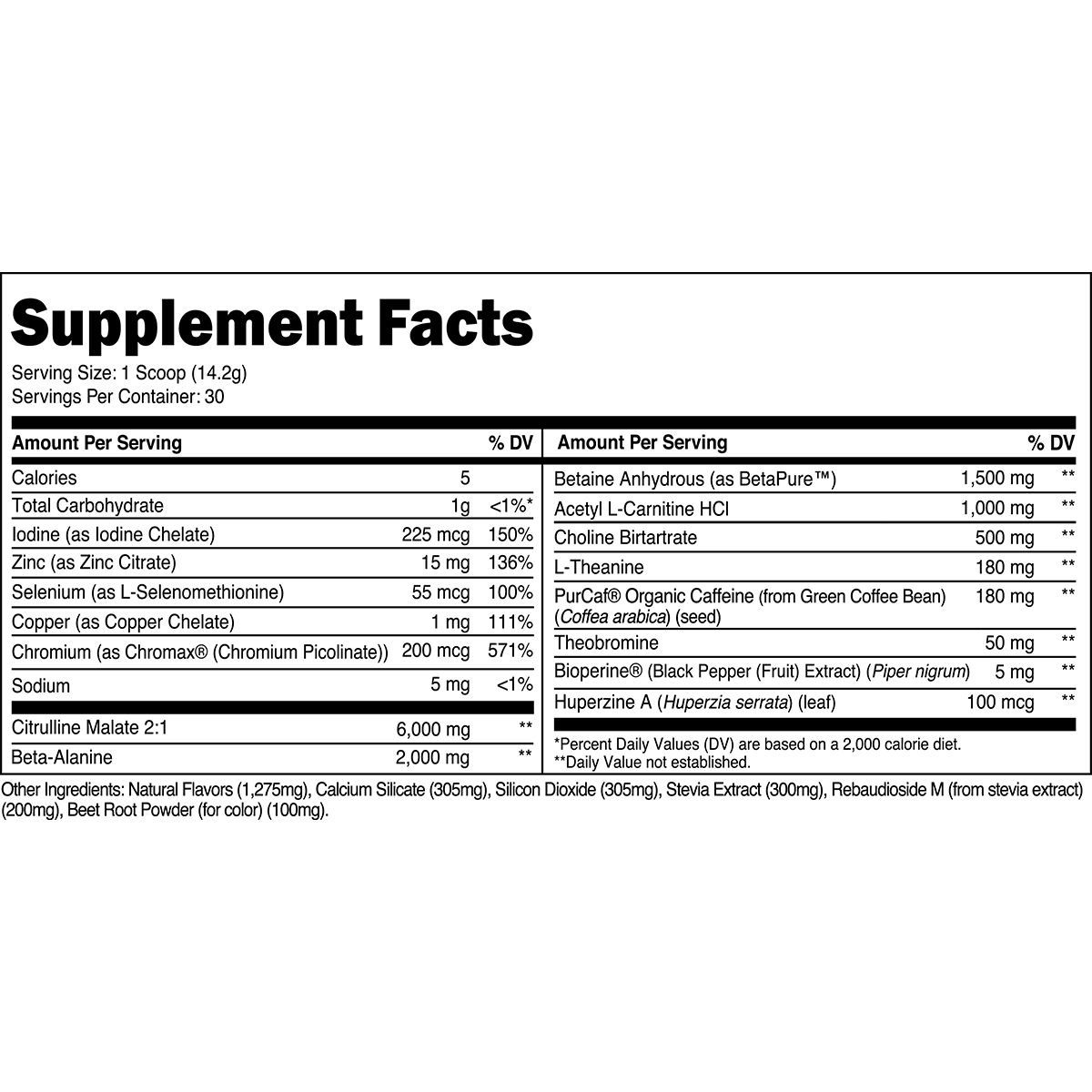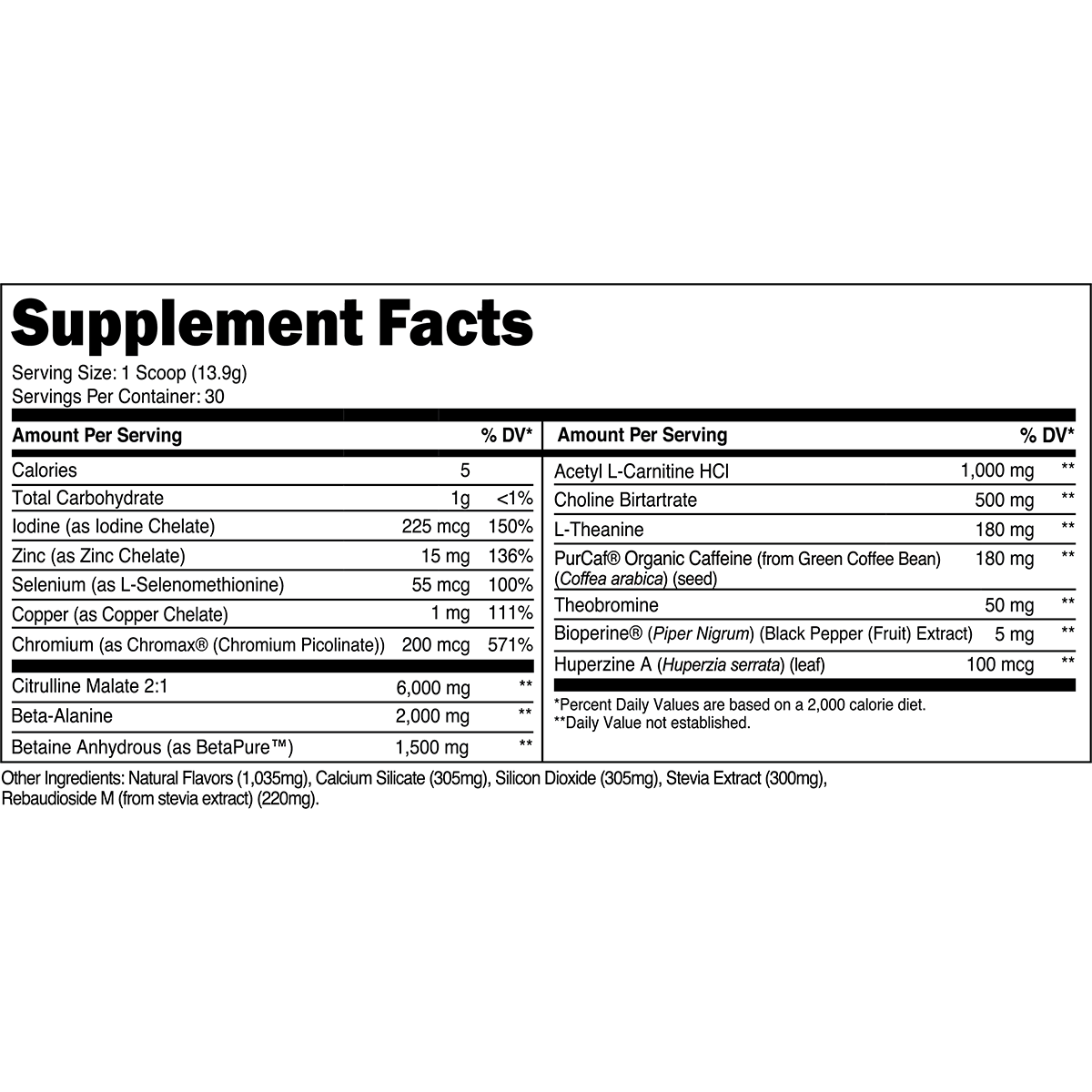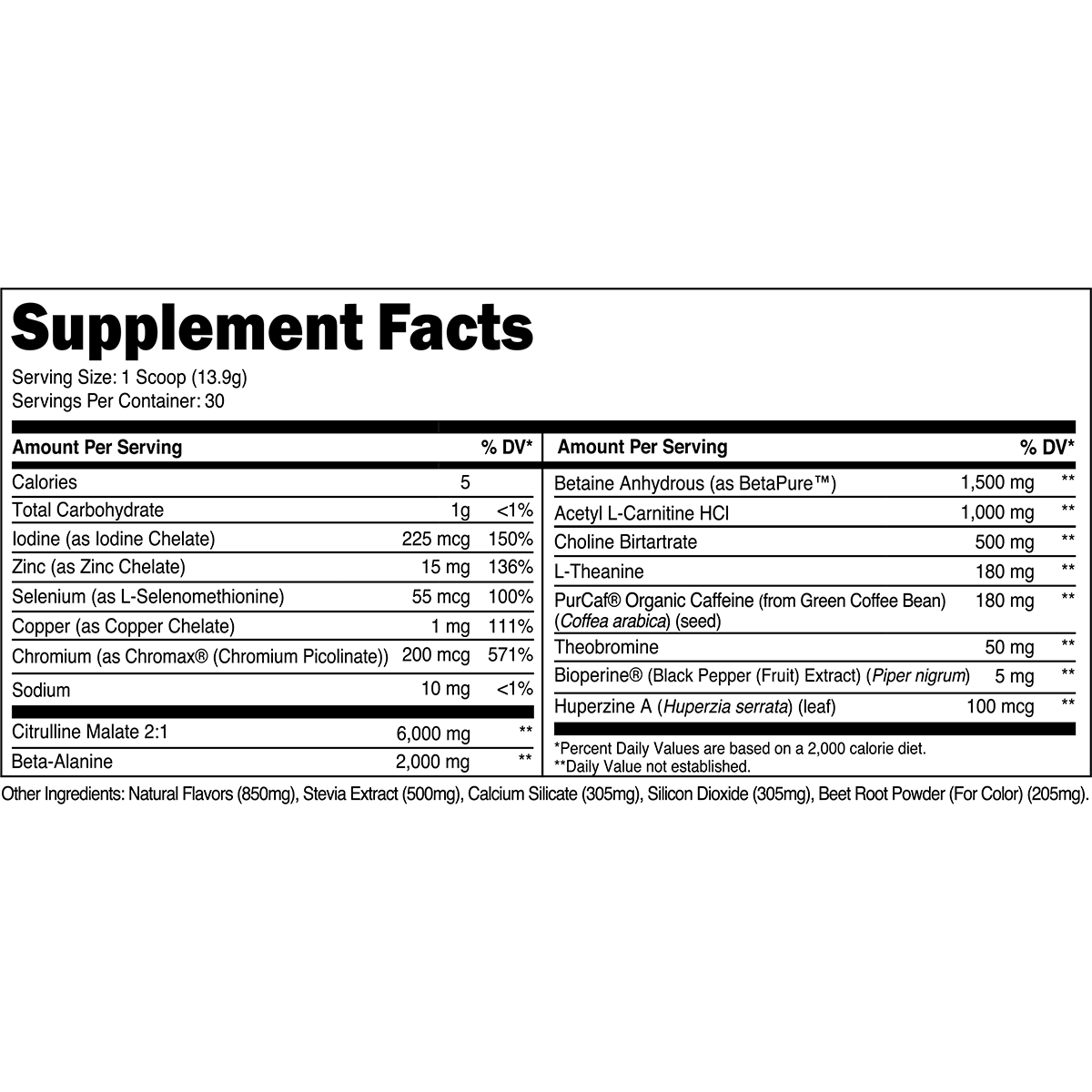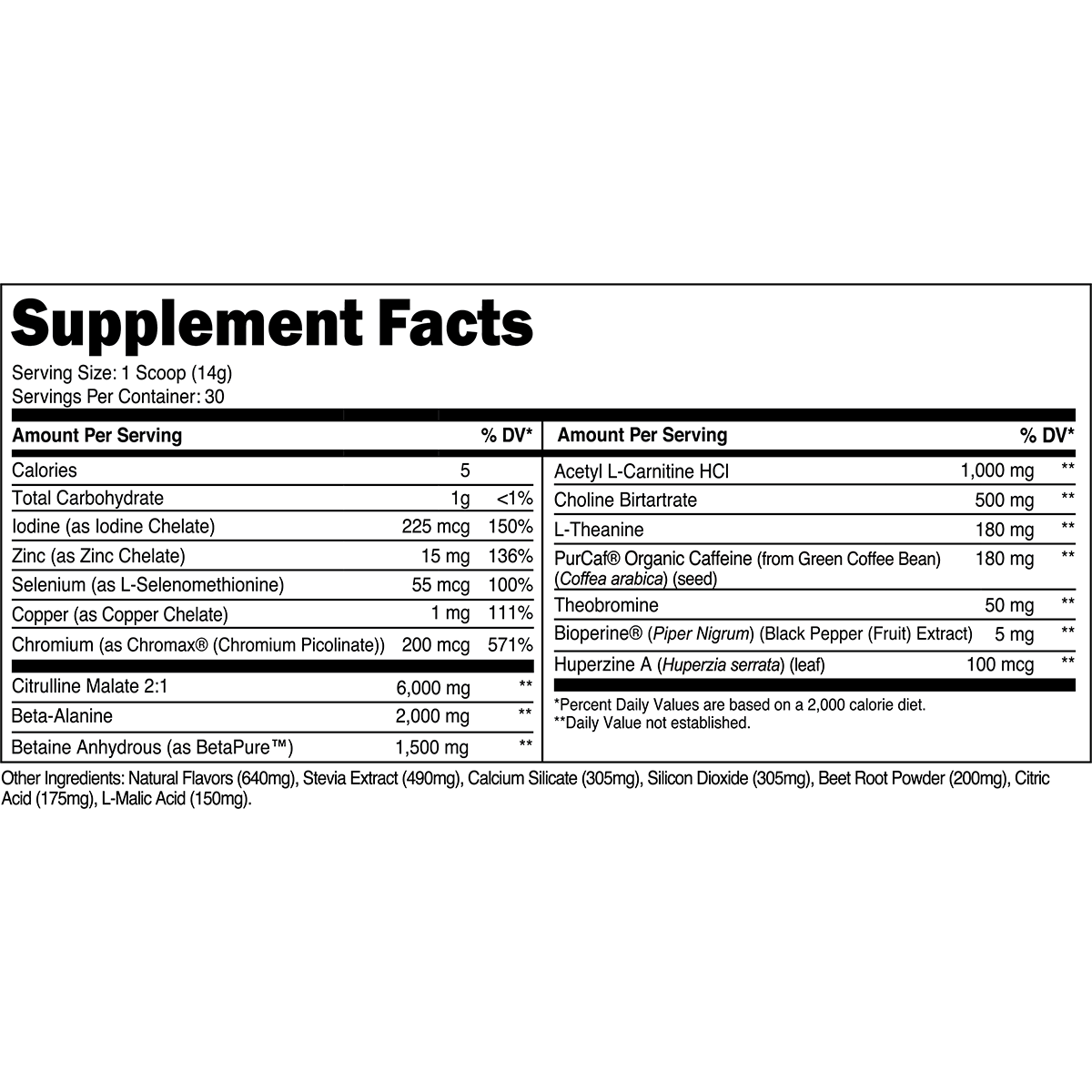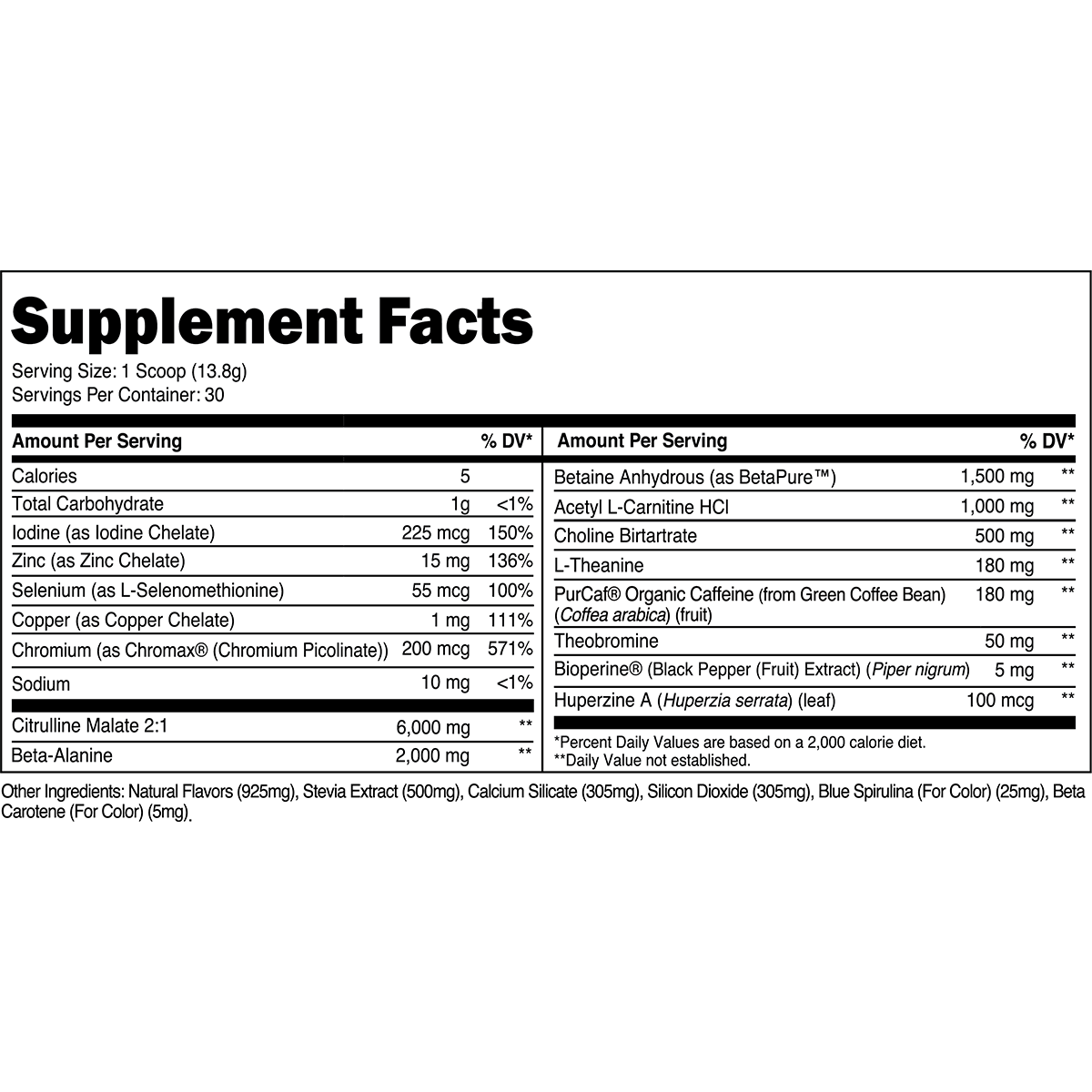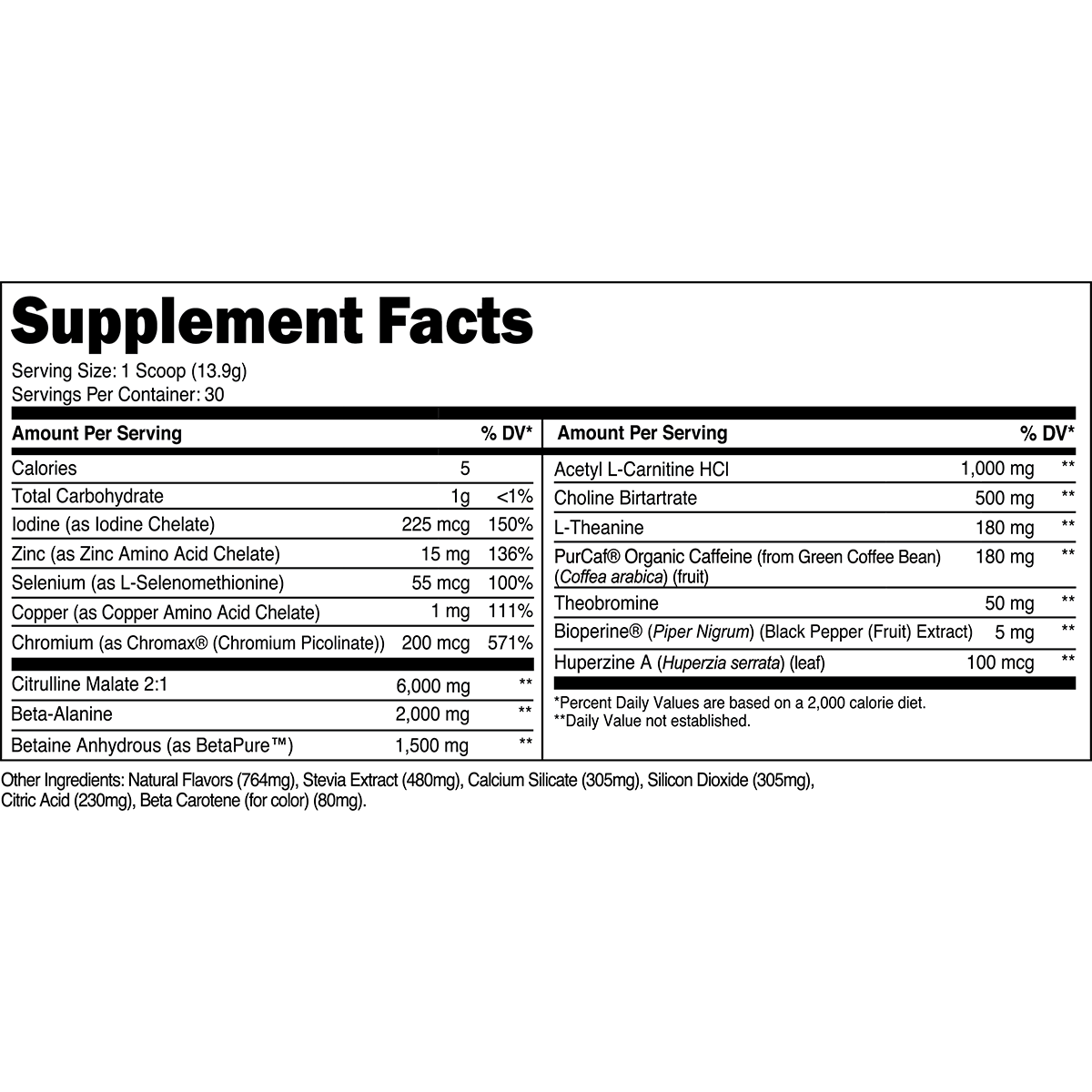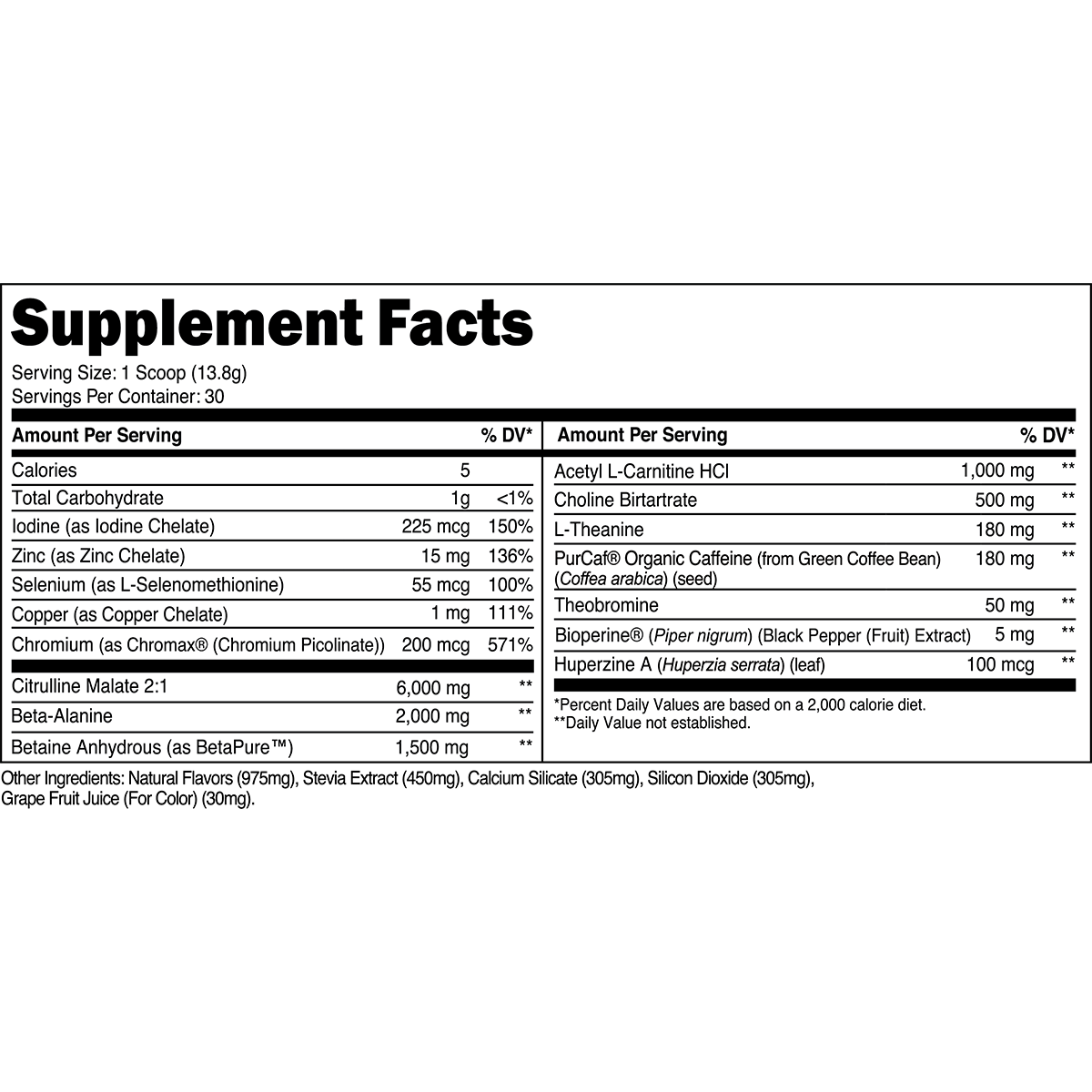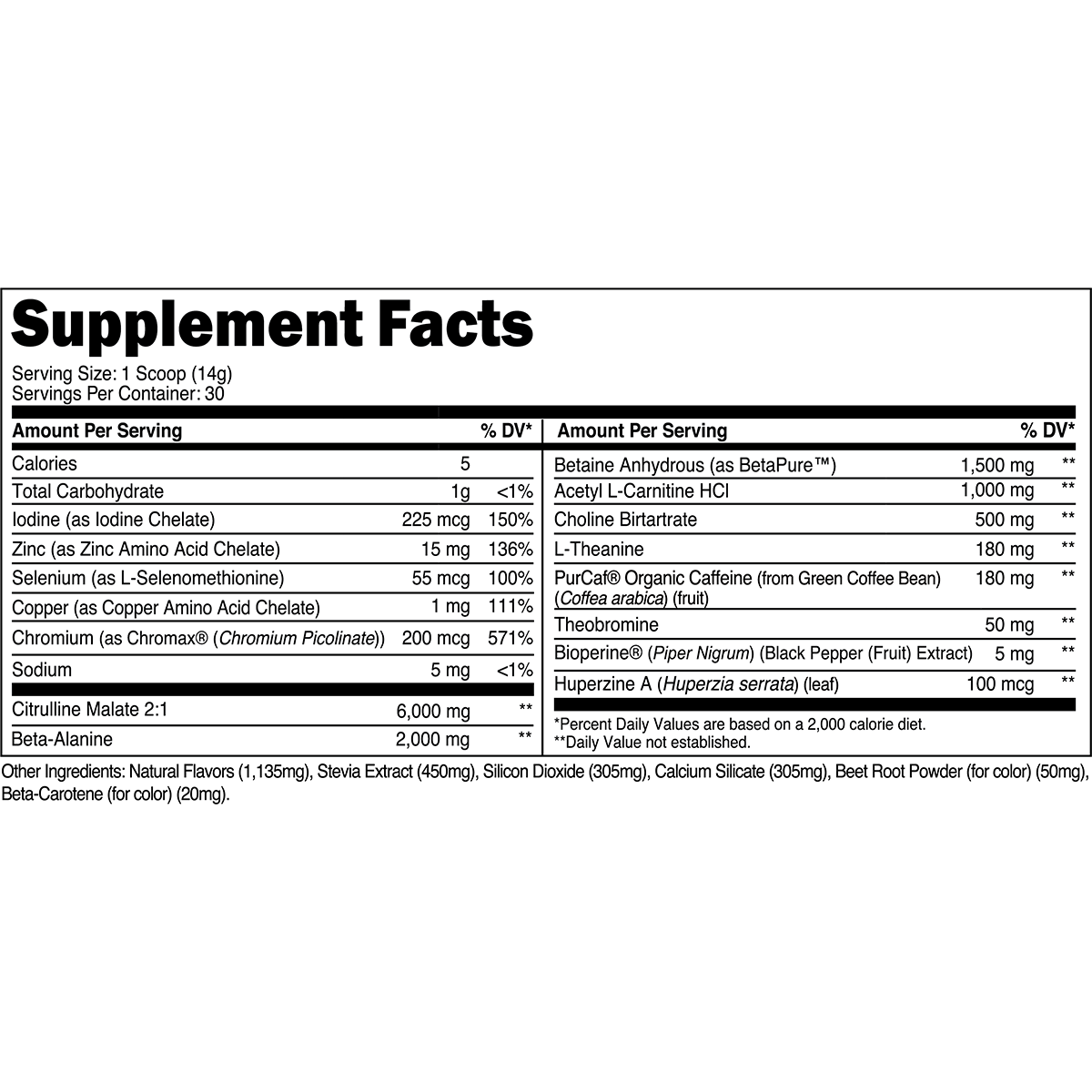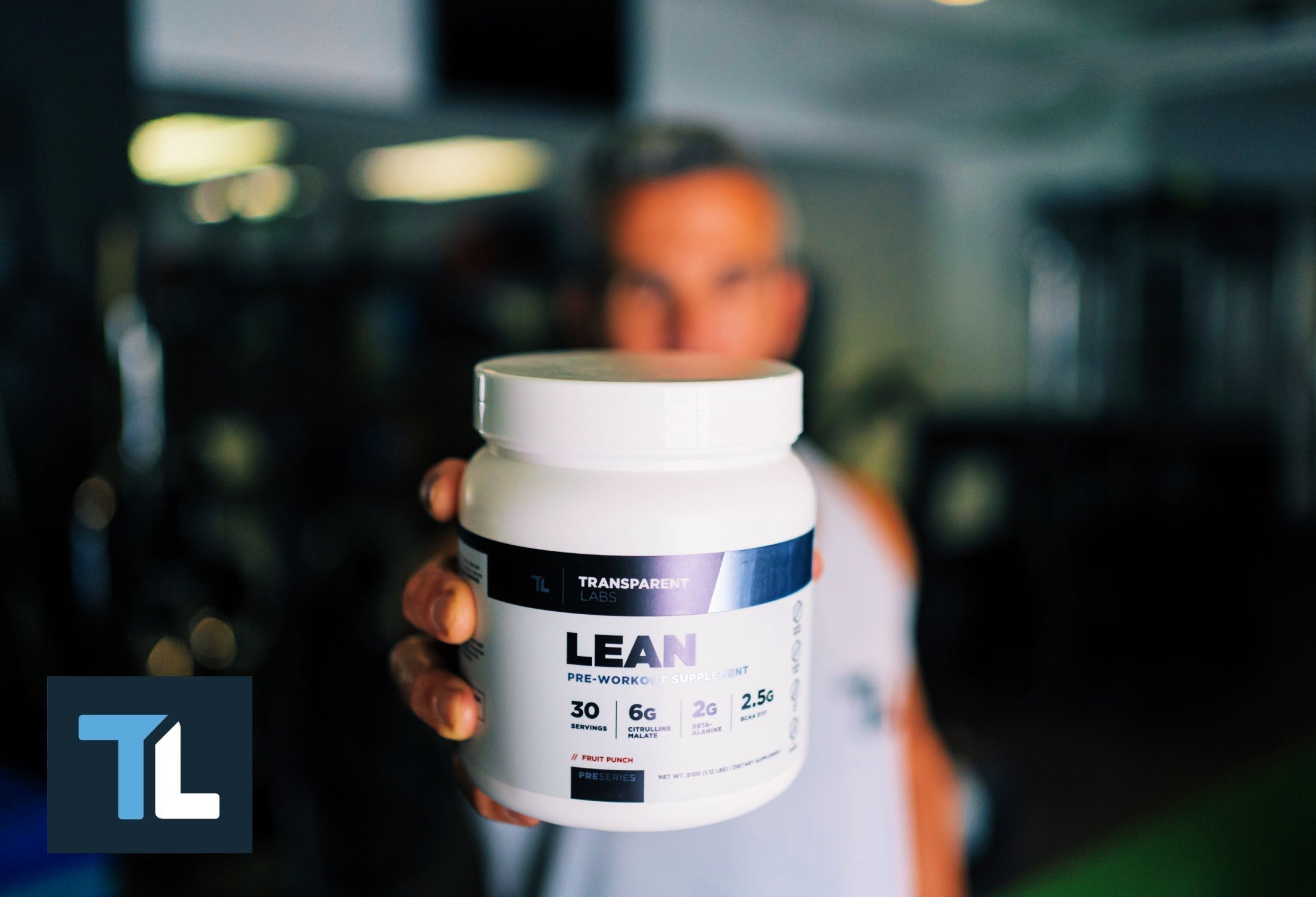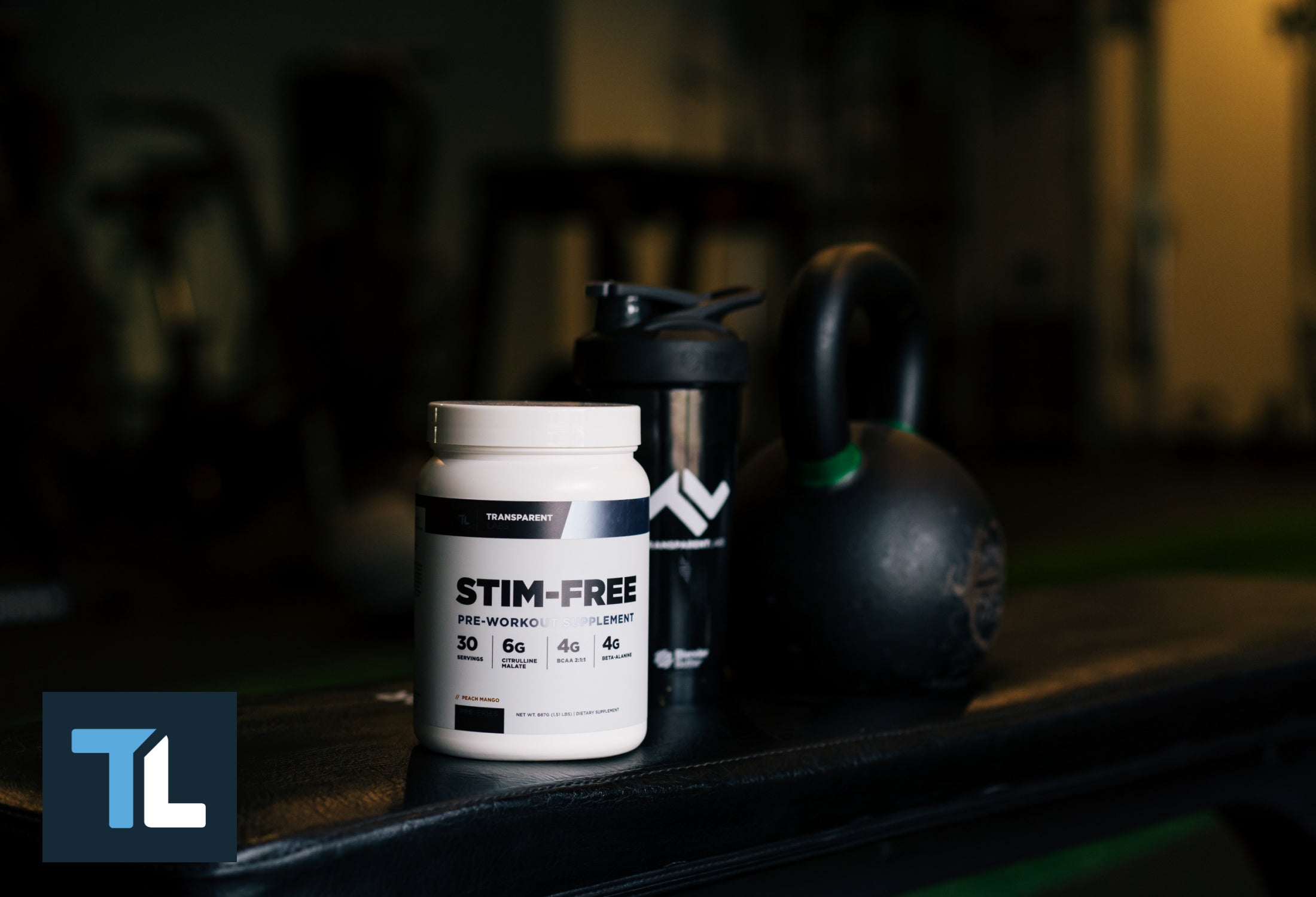Want to know how to run faster? You’ve come to the right place. This article provides practical tips and strategies to boost your running speed and overall performance.
From perfecting your running form to incorporating interval training, these methods are designed to help you achieve noticeable improvements. Let’s dive in!
Perfect Your Running Form
Running form is the foundation of your running performance. Good running form not only helps you run faster but also reduces the risk of injury. Proper form with an upright posture and a slight forward lean aids in acceleration and efficiency. Runners often have their heads jutted forward, increasing injury risk by 50%. Keep your head high and shoulders relaxed. Allow your arms to swing naturally.
One key aspect of running form is avoiding excessive lean from the waist, which can lead to overstriding and decreased speed. Try to achieve a forefoot strike. This means your foot should land directly beneath your knee for improved lower body efficiency. Paying attention to these elements consistently will lead to a more enjoyable and injury-free running experience.
Core strength plays a vital role in maintaining good running form. Engaging your core stabilizes your body and maintains an upright posture throughout your run. Running with forward hips and an engaged core maximizes running efficiency. Remember, proper running form is not just about the legs but involves the entire body working in harmony.
Have a friend videotape you running several 50-meter strides to check your form. Reviewing the footage helps identify deviations from good form and make necessary adjustments. Small tweaks in your form can lead to significant improvements in your overall running performance.
Interval Training for Speed
Interval training boosts running speed and overall performance by alternating between short, intense bursts and periods of lower intensity or rest. High-intensity interval training (HIIT) is particularly effective in enhancing both speed and endurance.
An interval workout typically consists of timed periods of effort followed by recovery. For instance, run at a challenging but sustainable pace for one minute, then jog or walk for another minute to recover. This structure allows you to maximize intensity without overexerting yourself. Incorporating interval training can significantly improve your sprinting performance and reduce the overall duration of your workouts, making your training more efficient.
Start by integrating hill sprints or speed play (fartlek) into your routine. Hill sprints are short, intense runs up an incline, which build explosive strength and improve muscle firing speed. Fartlek, which means “speed play” in Swedish, involves unstructured intervals and allows for creativity in your workouts. These methods enhance running efficiency and cardiovascular endurance.
Remember, interval workouts are demanding, so it’s crucial to maintain good running form throughout to prevent injury. Warm up properly before starting intervals and cool down afterward to facilitate recovery. By incorporating interval training into your schedule, you’ll see noticeable improvements in your running speed and overall fitness.

Tempo Runs for Sustainable Pace
Tempo runs, also known as threshold runs, are designed to help you maintain a challenging yet sustainable pace over a longer distance. These runs are crucial for improving your running economy, allowing you to utilize oxygen more efficiently and sustain a faster pace with less effort, ultimately enhancing your aerobic capacity.
Perform a typical tempo run at a pace where you can hold a brief conversation but still feel challenged. This usually means running at about 85-90% of your maximum effort. Begin by incorporating one tempo run into your weekly routine and gradually increase to two or three sessions as your running pace endurance builds. This gradual approach helps your body adapt and prevents burnout.
You can structure tempo runs as continuous efforts or split intervals, depending on your training needs. For example, run at your tempo pace for 20 minutes continuously or break it into two 10-minute segments with a brief recovery in between. Both methods are effective in teaching your body to maintain a faster pace over longer periods.
Including tempo runs in your training plan enhances speed and endurance while building mental toughness. These runs teach you to push through discomfort and maintain your pace, which is invaluable on race day. By consistently including tempo runs in your routine, you’ll become a more efficient and faster runner.
Hill Training for Strength and Speed
Hill training is a fantastic way to build muscle strength and improve your running economy. Running uphill requires more effort, elevating your lactate threshold so you can manage lactic acid better and run faster for longer periods. Uphill running also promotes better biomechanics, encouraging proper knee drive and foot placement.
Incorporate hill sprints into your training program at least once a week to maximize benefits without overloading your body. Start with short, intense sprints of about 30 seconds up a hill, followed by a jog or walk back down for recovery. This interval training builds explosive strength and improves muscle firing speed.
Proper technique is crucial for hill repeats. Maintain an upright posture, engage your core, and drive your knees forward with each stride. This technique not only enhances your running form but also reduces the risk of injury. If you don’t have access to hills, treadmills can effectively simulate hill workouts by allowing you to control the incline.
Incorporating hill training into your routine develops stronger leg muscles and improves overall running performance. The increased strength and endurance gained from hill workouts will translate to faster running times on flat surfaces as well.
Incorporate Speed Workouts
Speed workouts are essential for any runner looking to improve their running speed and overall performance. These workouts include various types of speed training like strides, fartlek training, and interval workouts.
Strides are brief accelerations that teach you to run fast without excessive exertion. They typically last 20-30 seconds and are done at the end of an easy run. Fartlek training, or “speed play,” involves unstructured intervals where you vary your pace throughout the run. This method is adaptable to all fitness levels and adds an element of fun to your workouts.
Interval workouts are more structured and can involve specific distances or times, like 800m repeats or 6-minute intervals. Short speed intervals lasting 1-3 minutes are particularly effective for enhancing running economy. Aim for a pace that feels like 8-9 out of 10 effort during these intervals to maximize effectiveness.
Gradually incorporate speed workouts into your training plan, making up about 10-20% of your total training volume. Always warm up thoroughly before starting speed work and cool down afterward to prevent injuries. By integrating these workouts into your routine, you’ll not only run faster but also become a more well-rounded athlete.
Strength Training for Runners
Strength training is a crucial component of any runner’s training program. It builds stronger muscles, improves running performance, and reduces the risk of injury. Focusing on leg muscles, core strength, and explosive movements significantly enhances running ability.
Target key muscle groups like the glutes, quads, hamstrings, calves, and core. Exercises such as squat jumps, box jumps, and planks are highly effective for building strength in these areas. Plyometric exercises like box jumps can increase leg power and explosiveness, which are vital for speed.
Incorporating strength training into your routine should be done at least twice a week for optimal results. Schedule strength workouts either immediately after a hard run or later in the same day for optimal results. This approach ensures that your muscles have sufficient time to recover while still gaining strength.
Strength training not only improves muscle power but also enhances overall stability and posture, which are directly tied to running performance. Regular strength conditioning makes you a stronger, faster, and more resilient runner.
Proper Nutrition and Hydration
Proper nutrition and hydration are essential for optimal running performance. A balanced diet is crucial for training and recovery. It should be rich in carbohydrates, proteins, and healthy fats to provide the necessary energy. Carbohydrates should comprise 50-70% of a runner’s diet to fuel workouts and maintain performance levels.
Lean meats, poultry, and fish are excellent sources of protein, which is crucial for muscle repair and recovery post-exercise. Whole grains, fruits, and vegetables are also important for providing energy and maintaining overall health. After a run, taking one scoop of protein within 30 minutes can significantly aid in recovery.
Hydration is equally important. Drink 16-20 ounces of fluid within four hours before running to ensure you start hydrated. For runs longer than an hour, consume sports drinks every 15-20 minutes to maintain electrolyte balance. Post-exercise, rehydrate with 16-24 ounces of fluid for every pound lost to facilitate proper recovery.
By paying attention to your nutrition and hydration, you’ll support your body’s needs and boost your running performance.
Importance of Rest and Recovery
Rest and recovery are critical components of any training program. Without adequate rest, runners risk injury, fatigue, and decreased performance. Taking time off helps prevent forced rest due to injuries or exhaustion in the future.
Active recovery activities, such as stretching, foam rolling, and yoga, can help maintain progress while promoting recovery. These low-intensity workouts aid in muscle recovery and prevent soreness. After completing a workout, cool down with slower-paced jogging and static stretches to facilitate recovery.
Include rest days in your training schedule to allow muscles to repair and grow stronger. Nutrition also plays a vital role in recovery, aiding in muscle repair and replenishing energy stores. By prioritizing rest and recovery, you’ll improve your running performance and reduce the risk of burnout and injuries.

Mental Preparation and Consistency
Mental preparation is just as important as physical training when it comes to running. Visualization and mental imagery enhance confidence and performance by preparing you mentally for challenges. Practice visualizing detailed sensory experiences to help remain calm and focused during races.
Setting smaller milestones can make large goals more manageable and easier to track. Create positive mantras to overcome negative thoughts and maintain motivation during tough moments. Self-affirmations and positive self-talk can boost your confidence before and during a race.
Consistency in training is key to long-term improvement. Regular tempo workouts boost speed and overall confidence. Celebrate non-time-based improvements, such as increased comfort during runs, to stay motivated.
Combining mental preparation techniques with appropriate training can elevate your performance beyond physical capabilities. Focus on controllable factors, like race plans and breathing, to alleviate pre-race anxiety. Consistency and mental toughness are vital for achieving your running goals.
Track Progress and Adjust Goals
Tracking your progress is essential for continuous improvement in running. A GPS watch or running app provides real-time tracking of distance, pace, and heart rate. Regularly timing runs on the same routes effectively measures progress.
Monitoring heart rate can provide insights into fitness levels and training effectiveness. Setting specific goals allows for clearer tracking of progress; SMART goals (Specific, Measurable, Achievable, Relevant, and Time-bound) are particularly effective. For example, aim to improve your 5K time by two minutes within three months.
Recording personal bests and celebrating achievements fosters motivation and serves as a benchmark for future improvements. Set new performance goals regularly to keep progressing and stay motivated. By tracking your progress and adjusting your goals accordingly, you’ll continually improve your running performance.
Join a Running Group
Joining a running group can significantly enhance your running journey. The camaraderie and support from fellow runners can provide the motivation and accountability needed to stick to your training plan. Running groups often set shared goals, making training sessions more enjoyable and less monotonous.
A running group helps you overcome mental barriers and push past your limits. The social interaction during runs reduces the perceived effort, making it easier to maintain a consistent running schedule. You’ll find that the collective energy of a group can propel you to new personal bests.
Finding a local running group is easier than you might think. Many running stores, workplaces, and health clubs host regular group runs. By joining a running group, you’ll not only improve your running performance but also make lasting friendships and enjoy the journey more.
Summary
In summary, becoming a faster runner involves a multifaceted approach. Perfecting your running form, incorporating interval training, and adding tempo runs are foundational steps to enhance your running speed and efficiency. Hill training and speed workouts build the strength and power needed for faster running, while strength training ensures overall stability and injury prevention.
Proper nutrition and hydration are crucial for maintaining energy levels and aiding recovery. Equally important are rest and recovery, which allow your body to repair and grow stronger. Mental preparation and consistency in training keep you focused and motivated, while tracking your progress and adjusting goals ensures continuous improvement. Joining a running group offers the added benefits of motivation, accountability, and social interaction.
By following these expert tips, you’ll be well on your way to becoming a faster, more efficient runner. Embrace the journey, stay committed, and enjoy the process of pushing your limits and achieving your goals. Happy running!
Frequently Asked Questions
How often should I incorporate interval training into my routine?
To boost your speed effectively, incorporate interval training into your routine 2-3 times a week. Make it a part of your journey to reach your fitness goals!
What should I eat to fuel my runs effectively?
To fuel your runs effectively, focus on a balanced diet with plenty of carbohydrates, proteins, and healthy fats. This combination will give you the energy you need to perform at your best!
How can I prevent injuries while running?
To prevent injuries while running, focus on maintaining proper running form, build strength through targeted exercises, and prioritize rest and recovery. With these tips, you'll stay healthy and keep hitting the pavement!
What are some effective strength training exercises for runners?
Incorporating squat jumps, box jumps, planks, lunges, and calf raises into your routine will significantly enhance your strength as a runner. Get started today and watch your performance soar!
How can I stay motivated during tough runs?
Staying motivated during tough runs is all about harnessing positive mantras, breaking your journey into smaller milestones, and celebrating your non-time-based achievements. This approach will keep your spirits high and propel you forward!
Key Takeaways
-
Focus on perfecting your running form to enhance speed and reduce injury risk.
-
Incorporate interval training and tempo runs into your routine for sustained speed and endurance improvements.
-
Prioritize rest, nutrition, and mental preparation to support overall performance and recovery.


